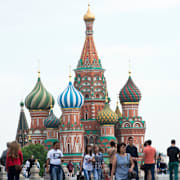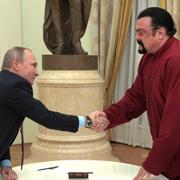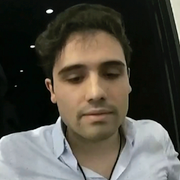

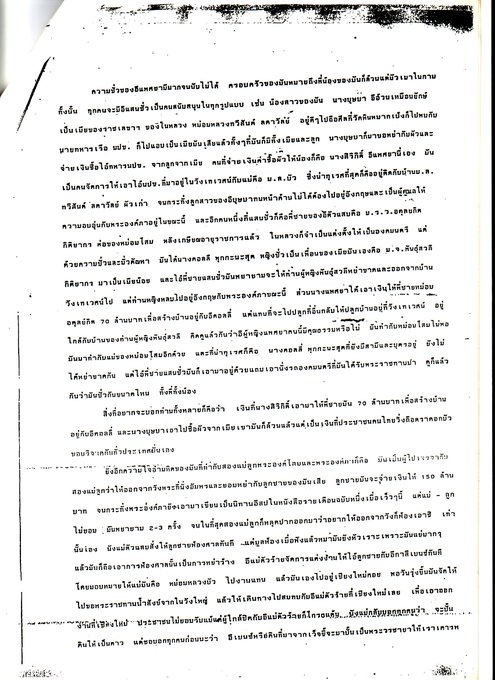

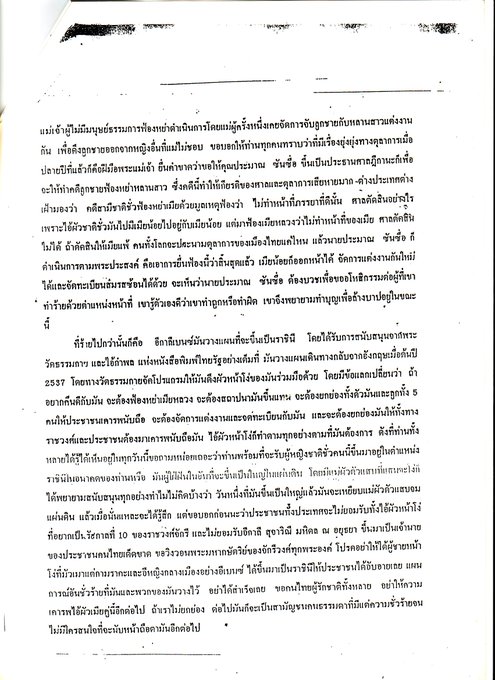
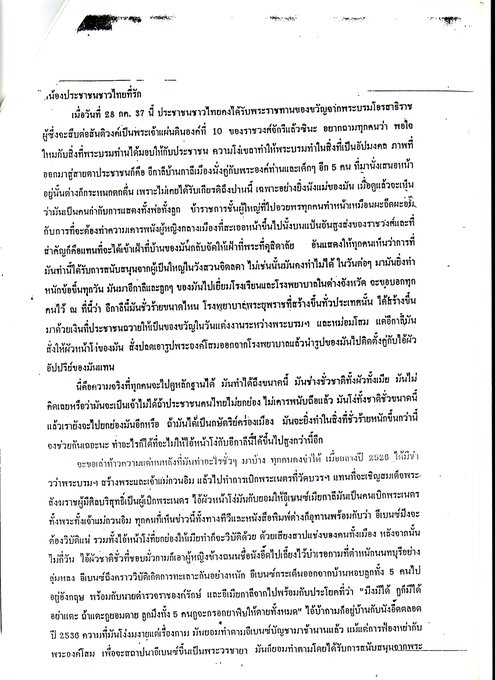
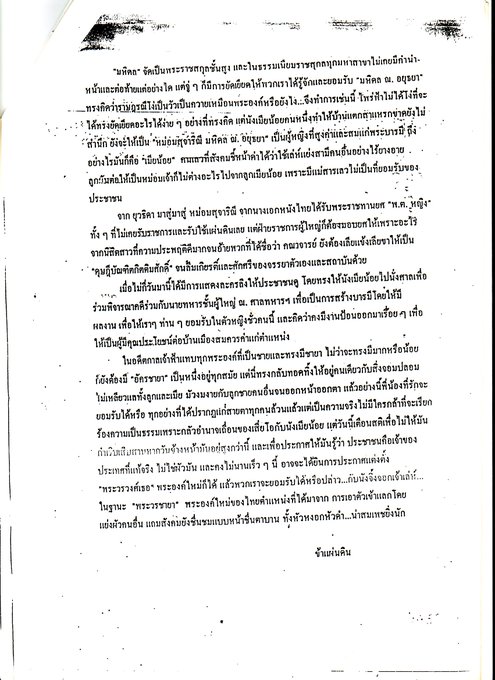








Wolfgang Hansson


(see mor- 9 ชม.)
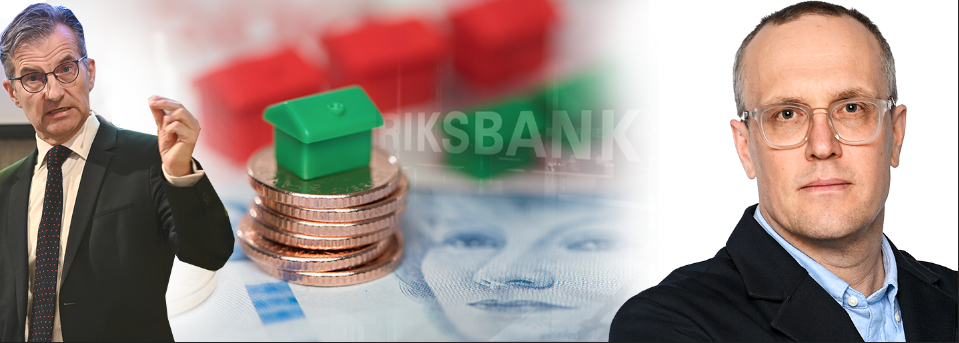
Andreas Cervenka
The interest rate shock is historic – where is the crisis policy?
Published: Less than 10 min ago
This is a commenting text. Analysis and positions are the writer's.
COLUMNISTS
Last year's record-breaking rise in interest rates is a hard blow to Sweden.
New GDP figures show that the economy is quickly beginning to give way and 2023 will be a crisis year in the same class as 2008.
The difference this time? That the politicians do nothing.
The percentage calculation thing can be a bit tricky.
The Riksbank's key interest rate is currently 3 percent. It is not an extremely high interest rate in a historical perspective – in the mid-1990s it was 9 percent and in autumn 2008 it was 4.75 percent.
So how can we call it an interest rate shock?
From the end of 2005 to September 2008, the Riksbank raised the interest rate from 1.5 to 4.75 percent – this corresponds to an increase of 217 percent in just over 2.5 years.
Between the end of April 2022 and February 2023, just a little more than nine months, the Riksbank raised the interest rate from 0 to 3 percent. About the same in percentage points as 2005 to 2008 but very much more in percentage increase.
How much more? Yes, mathematically speaking, a rise from 0 to 3 is actually infinite.
It is therefore about a substantial interest rate shock, to say the least.
And the Riksbank is not done, in April the interest rate is expected to be raised by at least 0.50 percentage points to 3.5 percent.
2023 looks set to be a crisis year for the economy. The Riksbank is expected to come up with more interest rate increases. Photo: Tim Aro/TT
Another good illustration of how quickly interest rates have risen is obtained by looking at what the Swedish government pays to borrow. Exactly one year ago, the interest rate on two-year government bonds was minus 0.15 percent. Today it is 3.2 percent.
It is the most dramatic rise in at least 30 years.
But when it comes to calculating percentages, it is also relevant to ask: percentage of what?
How hard interest rate increases hit also depends on how large the loans are.
In 1995, when the Riksbank's interest rate was 9 percent, Sweden's total debts, i.e. households, companies and the public sector, amounted to around 3,500 billion, according to Statistics Sweden.
This means that for every percentage point that the interest rate rose, the interest expenses increased by 35 billion in round throws, or 1.8 percent of the GDP at the time.
At the end of 2021, the debts were 13,750 billion. One percent more in interest thus means 138 billion in increased expenses, or 2.5 percent of GDP.
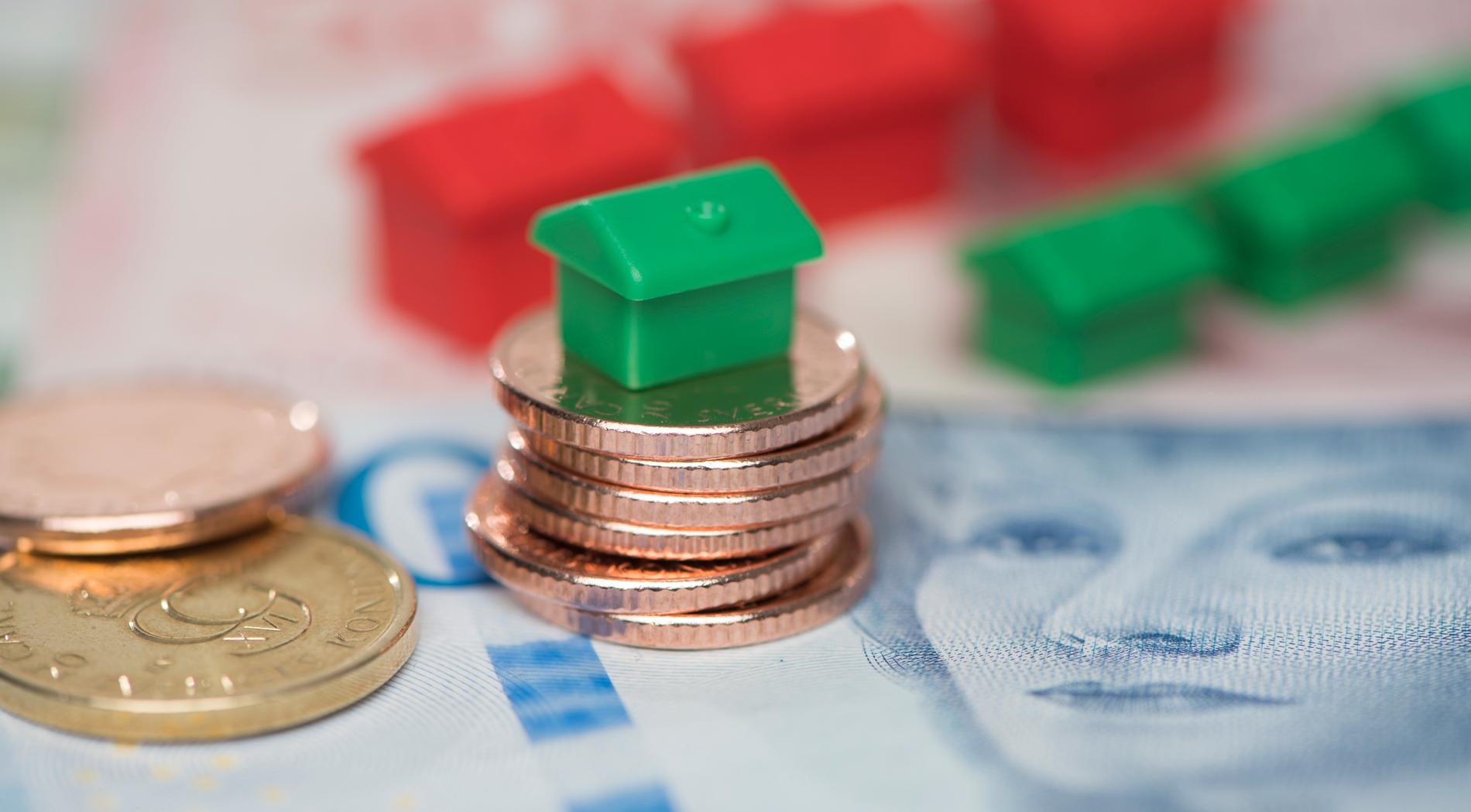
It is primarily the debts of households and companies that have risen, from SEK 2,250 billion in 1995 to SEK 11,800 billion in 2021, an increase of 420 percent, or more than twice as much as GDP growth.
The point: the Swedish economy is significantly more sensitive to rising interest rates today than in the past.
Which brings us to this morning's figures from Statistics Sweden.
They confirmed what the Swedes already knew: that things are not going very well right now. In the last three months of 2022, Sweden's GDP fell by 0.9 percent compared to the same period in 2021.
The burden is on households and businesses, not least construction companies. That is, the parts of the economy that suffer the most when it becomes more expensive to borrow.
That it is connected is also shown by other figures that came from Statistics Sweden the other day, which revealed (unsurprisingly) that the Swedes' appetite for borrowing is riveted. Debt is even falling in absolute terms for the first time in decades.
This is exactly what the Riksbank is trying to achieve by raising the interest rate. The idea is that we should stop borrowing, continue to reduce our consumption and thus inflation should fall back to the target of 2 percent.
The price to get there looks to be high. 2023 will be a lost year, even before today's statistics, forecasts point to a decline in GDP of between 1.1 and 2 percent, depending on who you ask.
It is the worst year since 2008 and on par with the crisis years of the early 90s.
Governor of the Riksbank Erik Thedéen – a brake pad? Photo: Jonas Ekströmer/TT
In 2008 and 2009, the Riksbank helped by lowering interest rates quickly and pumping out new money. Even the then bourgeois government opened the wallet to support the economy and save the financial sector.
In the 1990s, a budget restructuring was carried out, but in the following years investments were made, among other things, in education.
This time the Riksbank is slowing down. But so do the politicians.
In fear of driving up inflation, the government has so far sat on its hands as the recession approached, the state's budget went into 2022 with a record surplus of a whopping 164 billion kroner.
Sweden thus stands out in Europe. We are the country where the economy is predicted to fall the most in 2023 and, at the same time, the nation where the politicians pile up the most money.
What should be done is of course a matter of political opinion. But it's a bit unclear how investment in retraining the unemployed, fixing a malfunctioning infrastructure and making sure people don't die in surgery queues could lead to uncontrolled inflation.
Sweden is in a strange situation. The outside world sees us more and more as a warning example, a train wreck about to happen. But instead of doing something, the politicians seem to have sat on the platform and brought out the popcorn.
It gives a slightly strange impression.



